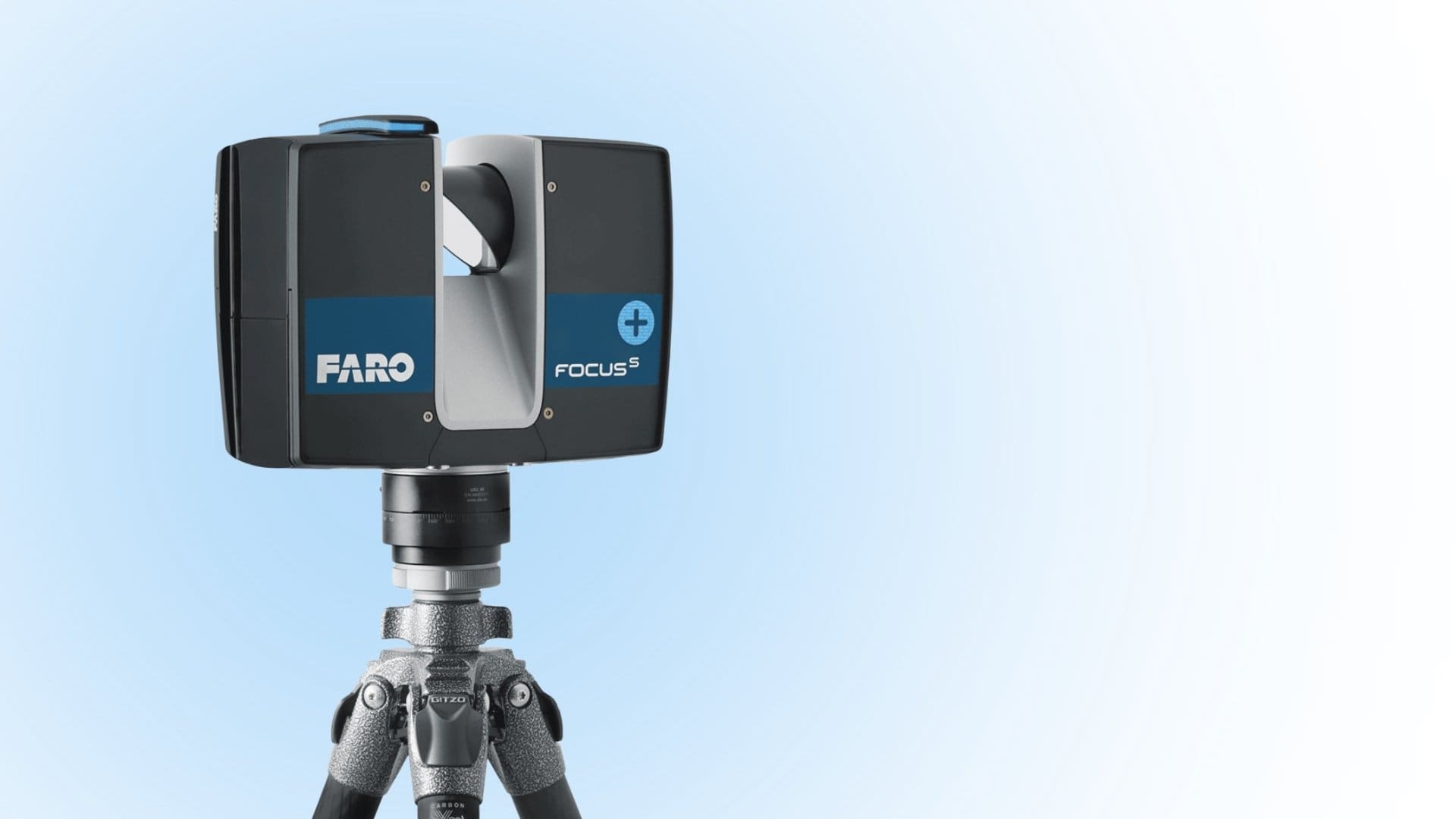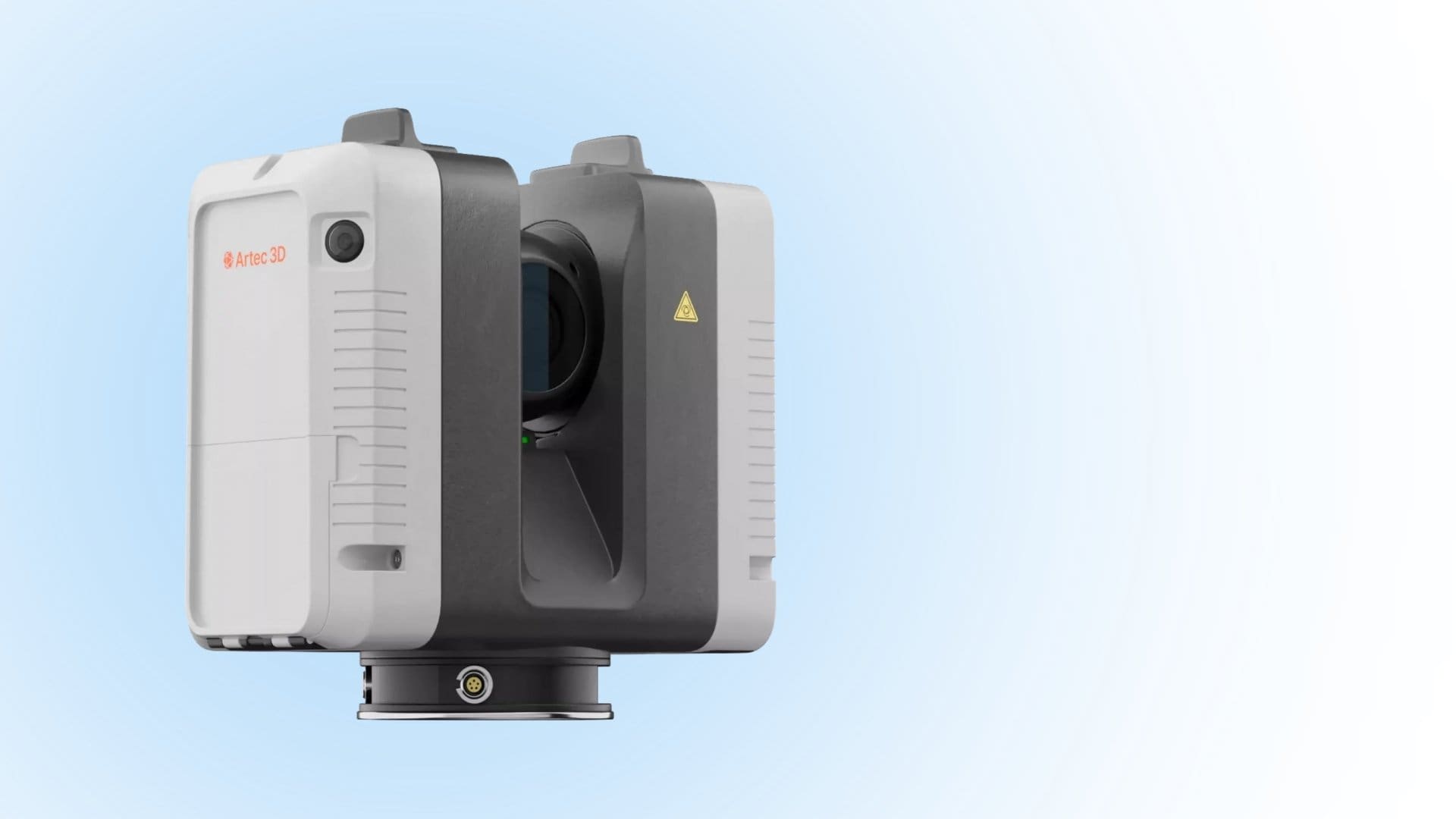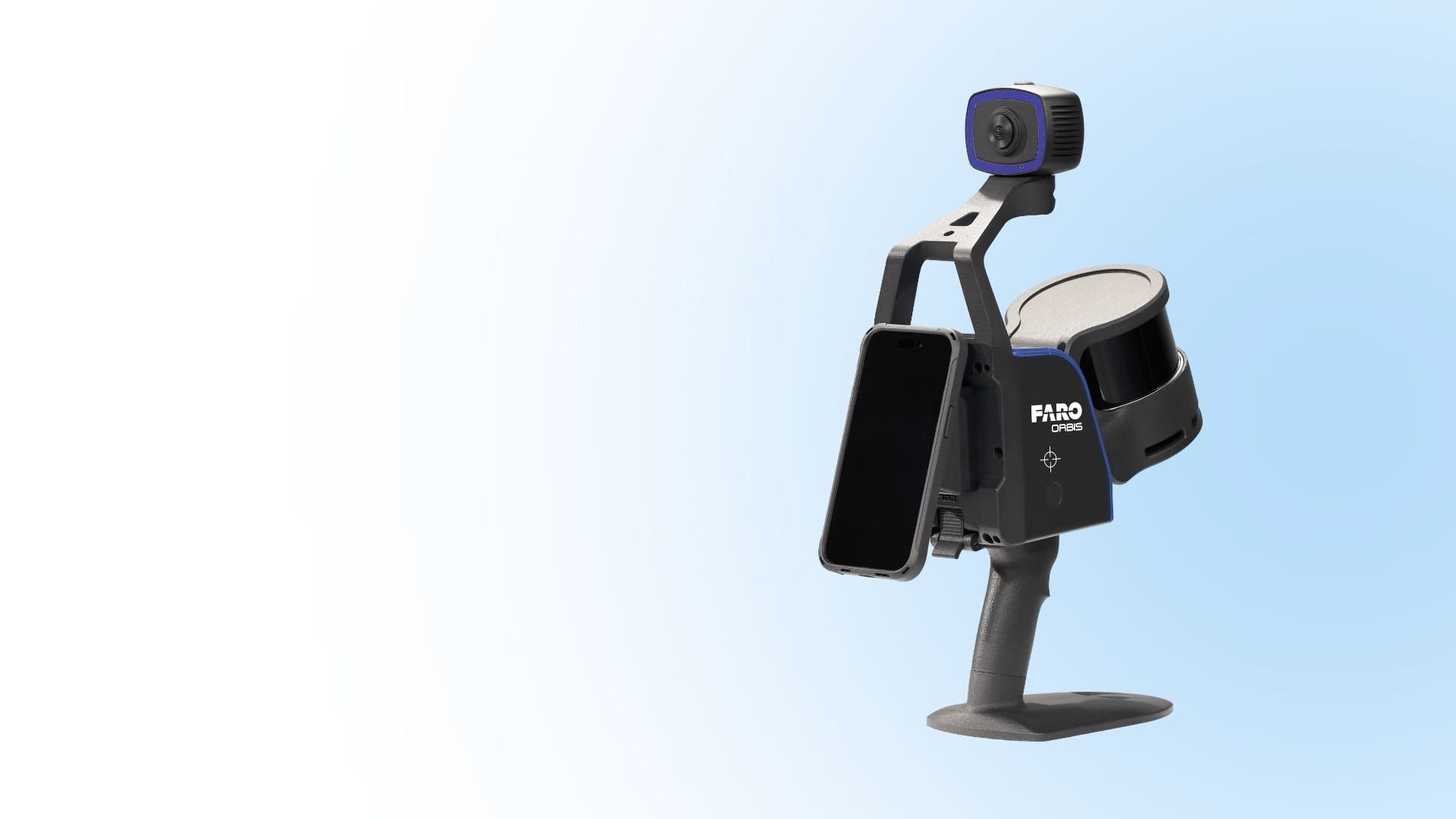
Long-Distance 3D Scanning for Infrastructure
Huge infrastructure projects present unique challenges that can only be addressed with advanced solutions like long-range 3D scanners. Whether it’s
Desktop 3D scanners enable professionals across various sectors to create highly accurate digital replicas of physical objects, streamlining production workflows and enhancing designs.
Understanding how you can benefit from desktop 3D scanning technology will help you choose a scanner that matches your project needs and business objectives. Whether you’re an architect, archaeologist, engineer, or metrologist, a desktop 3D scanner can help you accomplish many great things.
In this article, we’ll explore the main benefits of desktop 3D scanners for professionals and explain how desktop 3D scanners differ from other types of 3D scanners. We’ll also suggest the most reliable sources of cutting-edge 3D scanners!
A desktop 3D scanner is a small, stationary 3D scanner secured firmly on a desk or workstation. Its compact, static design makes it fit for scanning small objects that require high precision.
It’s commonly used in product design, reverse engineering, quality control, and jewelry production. Its ability to capture intricate details improves the quality of 3D models and final products.
Desktop 3D scanners help professionals ensure their final pieces attain the specified dimensions and quality standards. The two common types of desktop 3D scanners are open-frame and closed-frame scanners.
Let’s dive into how industries benefit from desktop 3D scanners and how you can use this technology to improve the quality of your work.
A desktop 3D scanner can save you time and money by producing 3D models with precise dimensions instantly, ensuring that you don’t waste time and resources repeating the scanning process time and again.
This scanner allows you to generate prototypes and iterate on designs quickly, reducing the time you take to complete a 3D scanning project, from conceptualization to production. It also cuts down the overall cost of each project due to reduced wastage.
Desktop 3D scanners allow you to create, run trials, and modify your 3D models quickly, which streamlines workflows.
This scanner is fixed on a desk or workstation to guarantee you stability and firmness throughout the scanning process. So, unlike handheld 3D scanners, a desktop scanner eliminates human errors resulting from trembling hands and abrupt movements.
By capturing precise measurements, a desktop 3D scanner provides you with realistic models of objects, streamlining your projects and improving the quality of your final pieces. This is why desktop 3D scanners are so common in sectors that require absolute precision and standardized quality, like construction, manufacturing, healthcare, engineering, and architecture.
Regardless of your profession, a desktop 3D scanner will help you create customized products like dental implants, prosthetics, and apparel that match the individual needs of your customers. Furthermore, you can use 3D models generated by a desktop scanner for the reproduction, analysis, and enhancement of designs, especially in unique fields like Finite Element Analysis (FEA) and Computational Fluid Dynamics (CFD).
Although desktop and handheld 3D scanners are intended to offer the same services, the latter are normally affected by hand movements and the terrain you’re walking on while scanning. This can affect the accuracy and consistency of your scanning results.
A desktop 3D scanner, on the other hand, is firmly fixed on the desk, eliminating movements that are likely to cause inconsistent results.
Most desktop 3D scanners have automation features that you can take advantage of to speed up the scanning process. For instance, you can choose a scanner with an automated turntable to help you rotate the object while scanning. This eliminates the need to rotate the object manually, saving time and enhancing your scanning processes.
A desktop 3D scanner can be applied in many areas, including healthcare, manufacturing, engineering, and digital archiving. For example, archaeologists use them to create digital copies of unique artifacts and other objects for conservation, while dentists use them to create dental implants.
Whether you’re in the healthcare, architecture, engineering, construction, or manufacturing industry, a desktop 3D scanner can improve your work significantly through enhanced precision, consistency, quality, customization, and optimization of your scans. It can also save time and money through automation and improved accuracy. If you’re looking for a reliable source of handheld and desktop 3D scanners, Digitize Designs has you covered!
3D Scanning & Metrology News, Press, Insights, Trends, Case Studies, and more.

Huge infrastructure projects present unique challenges that can only be addressed with advanced solutions like long-range 3D scanners. Whether it’s

Different long-range scanner brands offer varying features and capabilities; hence the need to understand the most crucial aspects of long-range

The key difference between long-range and short-range scanners is the maximum distance at which they can capture data. Ordinarily, long-range

The key elements to consider in long-range 3D scanners include accuracy, scan speed, resolution, scanning mechanism, and ease of use.